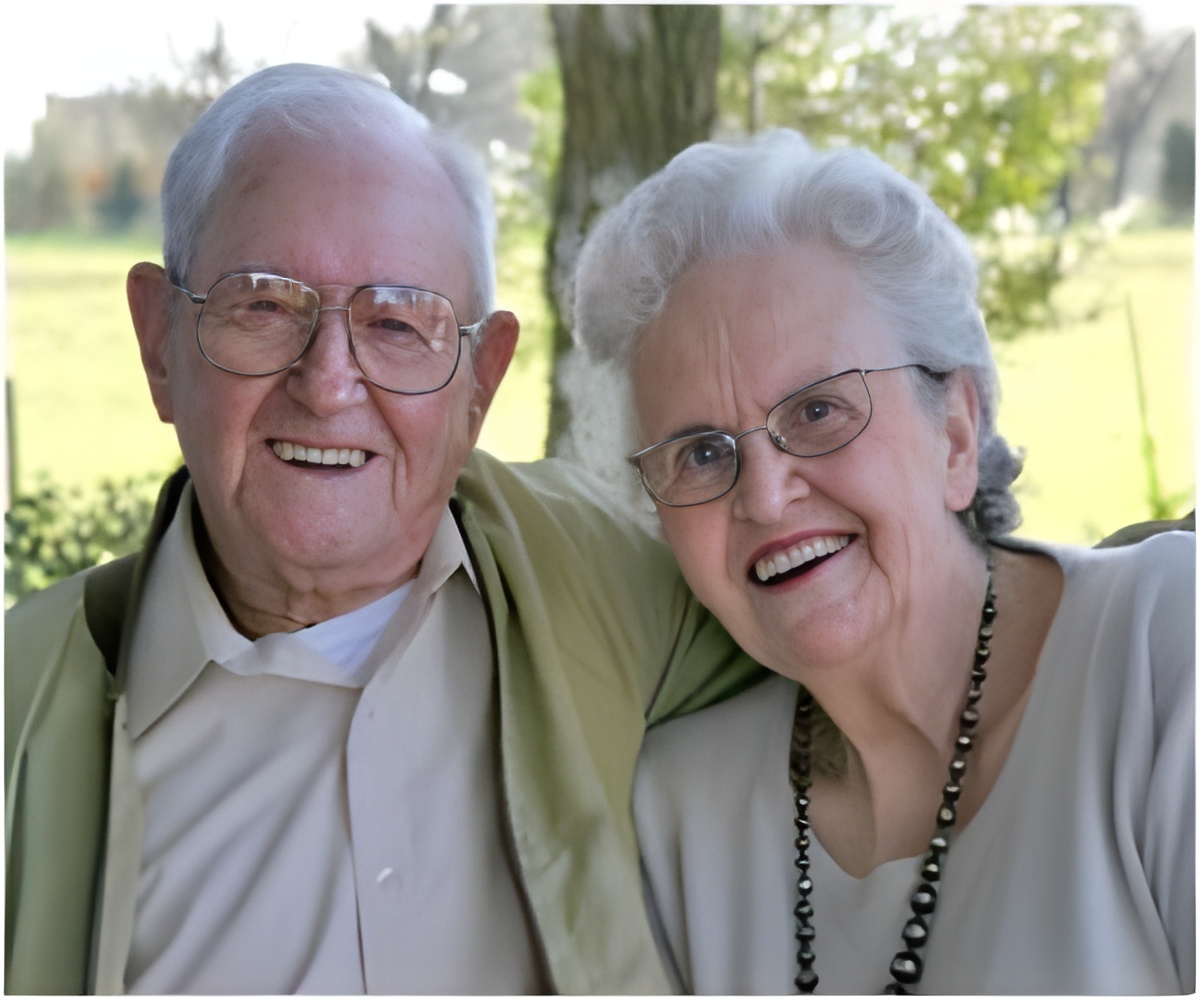
“By asking elderly people to perform three normal everyday physical activities and one test of their reactions, and then observing how well they do, we can estimate their likelihood of falling,” says Dr Stephen Redmond from the Graduate School of Biomedical Engineering, University of New South Wales. “Their performance is measured by a small device worn on their waist. This allows the test to be done at home, at any time, by anyone, without supervision. It’s a big step forward from existing clinical assessments.”
Stephen’s work is being presented for the first time in public through Fresh Science, a communication boot camp for early career scientists held at the Melbourne Museum. He was one of 16 winners from across Australia.
Because they require the assistance of well-trained staff, the current methods used in medical clinics to assess the risk of falling are limited in their ability to screen large numbers of people. Stephen’s research has shown that it is feasible for the elderly to measure their own risk at home.
“We use a common movement sensor known as an accelerometer. We tested 68 elderly patients with the normal clinic assessment and then tested them again with our unsupervised assessment, using the sensor as they would use it at home. And we found the unsupervised predictions were 99 per cent in agreement with the clinical falls-risk estimate.”
The research team expects such home-monitoring technologies will be able pick out people in need of help, and improve their quality of life. They should also reduce the incidence of falls generally, together with the associated cost of hospitalisation.
Advertisement
Advertisement







